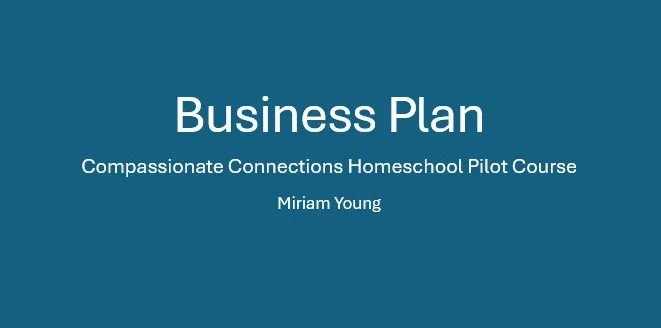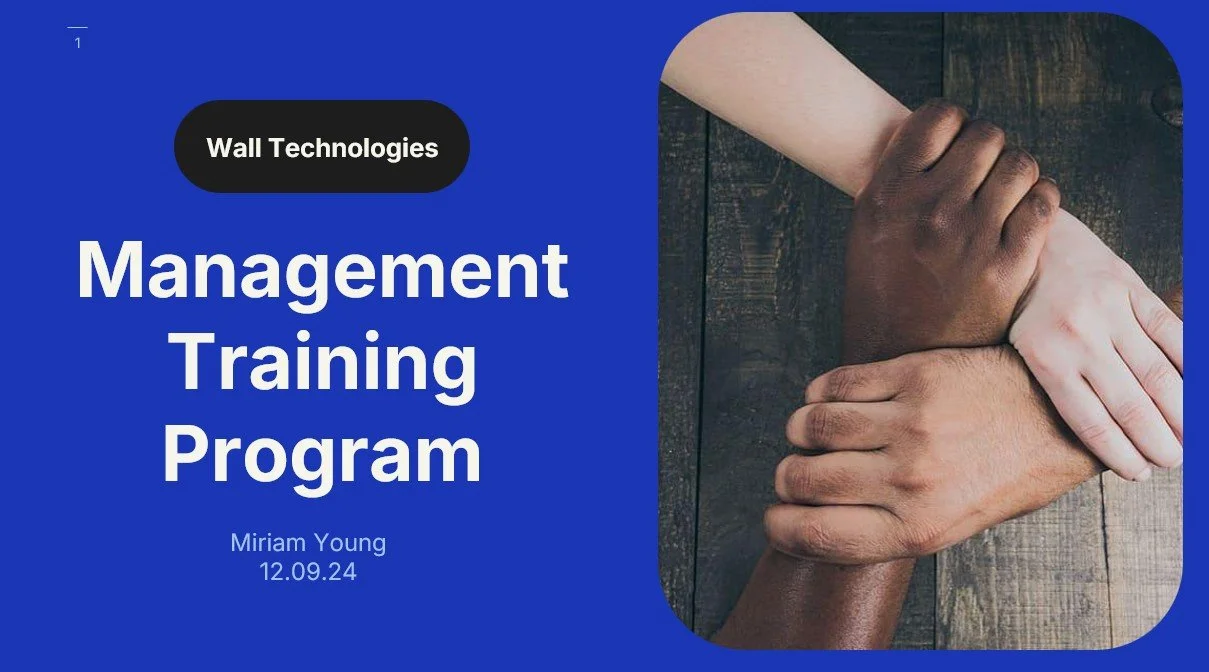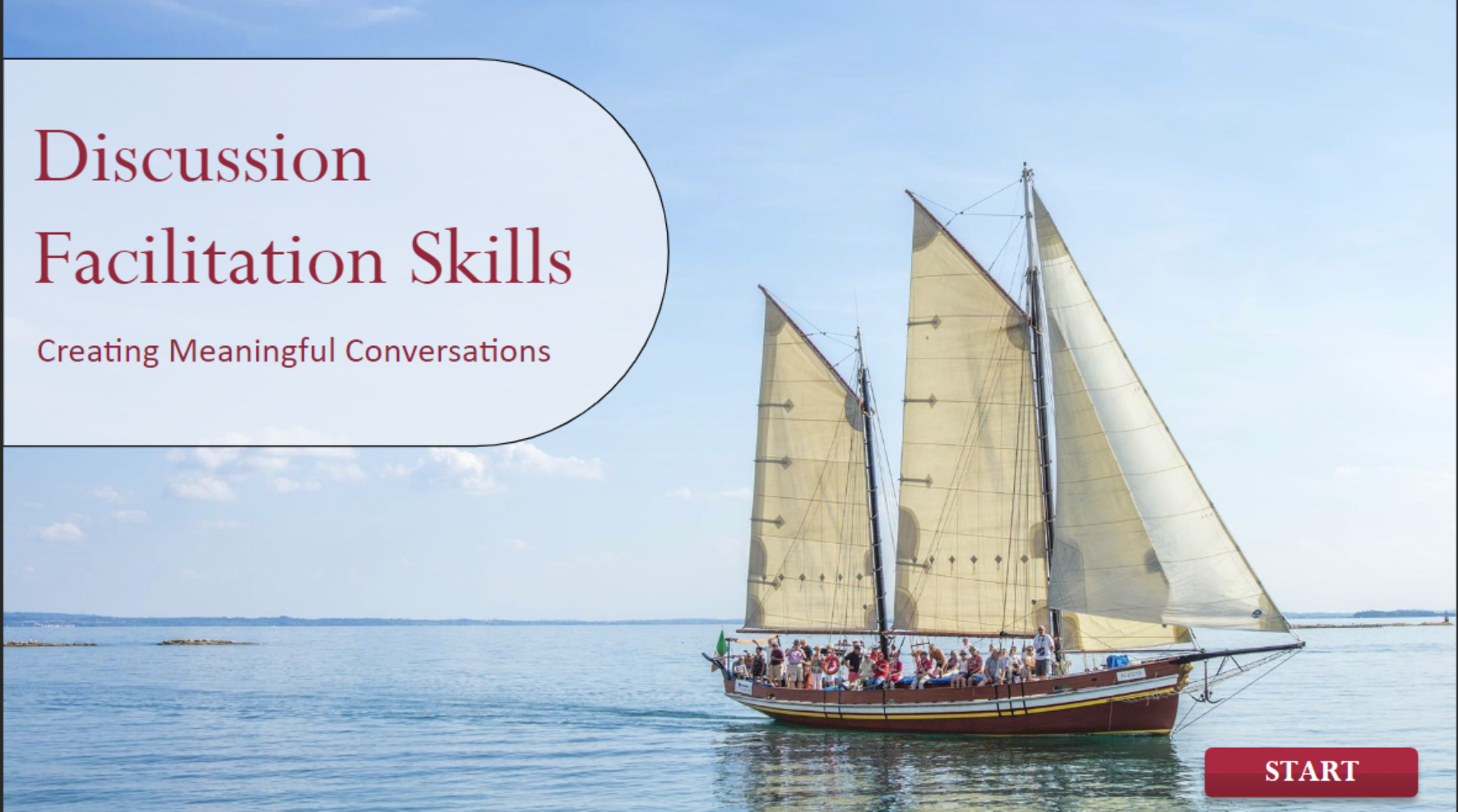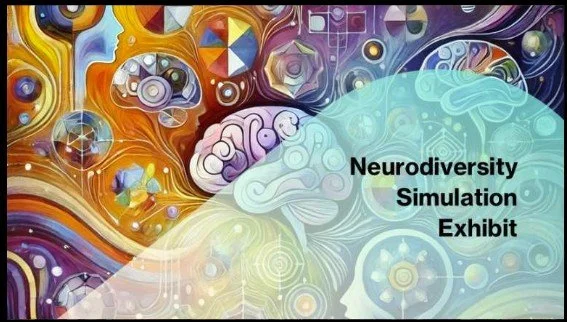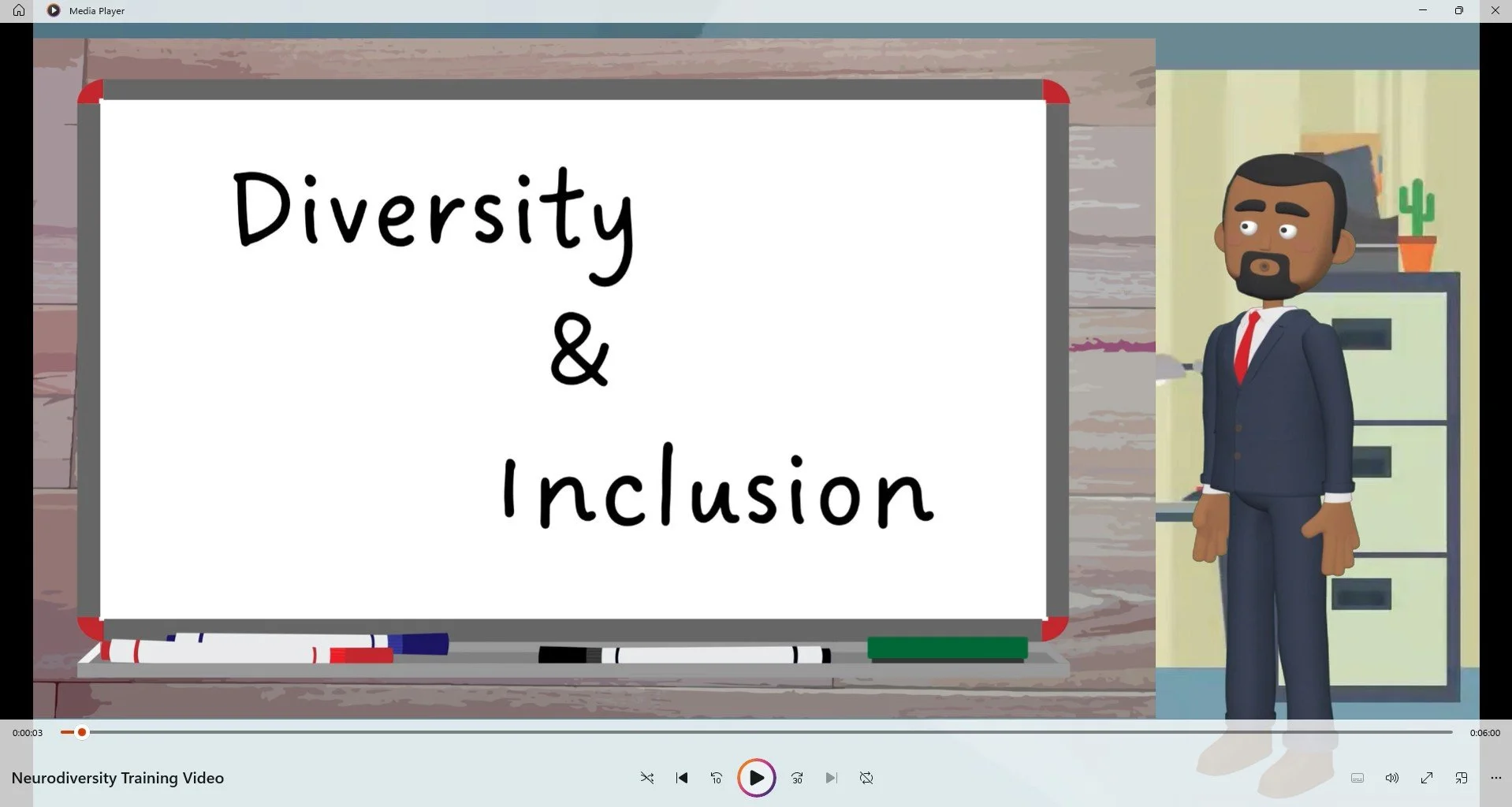Instructional Design Portfolio
Click on an image to view - each artifact will open in a new tab
How do I propose to help parents find a curriculum for their child with autism when traditional education is failing them?
In this business plan, I present Compassionate Connections Homeschool—a theme-based online curriculum designed for 2nd grade students with autism and other special needs. As both a teacher and a parent, I have witnessed firsthand how crucial it is to offer specialized content for neurodivergent learners. My own son is neurodivergent, and his journey has shown me the many challenges that families face in finding truly supportive and inclusive educational resources.
Throughout my teaching career, I have seen countless students who fall into this underserved population struggle to access curriculum that meets their unique needs. Recognizing these challenges, I have leveraged my analytical skills and creative mindset to develop innovative solutions. My natural ability to dissect complex issues and devise strategic approaches has enabled me to overcome barriers in traditional educational systems head on, ensuring that every design decision in this curriculum is both practical and effective.
This experience inspired me to develop a curriculum that not only addresses academic goals but also embraces the diverse ways in which students learn and interact with the world. I created this business plan using Microsoft Word and PowerPoint, pouring my personal insights, professional experiences, and commitment to equity into every design choice.
This plan outlines not only the educational framework but also a comprehensive marketing strategy—including content marketing, social media outreach, strategic partnerships, and paid advertising—designed to reach families who need these resources the most. My goal is to transform educational opportunities for neurodivergent students and ensure that no child is neglected simply because the traditional curriculum doesn’t fit their needs.
Business Plan
Training Program Proposal
What kind of training would I develop to help a company that struggles to retain employees, lacks effective communication, and needs better customer support?
I developed this management training program presentation as a strategic proposal to address key operational challenges at Wall Technologies, based on an in-depth case study. I designed an inclusive training solution that I truly believe can enhance workforce performance, engagement, and efficiency.
Using Microsoft PowerPoint and Canva, I structured the presentation to guide the audience through an executive summary, a clear problem statement, a detailed solution, an execution strategy, projected results, and a realistic implementation timeline. I grounded the training in universal design principles, ensuring it is accessible and adaptable so that employees from all backgrounds and learning styles can engage effectively.
As a dedicated problem solver, I meticulously analyzed the operational hurdles and leveraged innovative, research-backed instructional design strategies to craft this proposal. My commitment to continuous improvement shines through every element of this project, which is not just a presentation to me—it’s a reflection of my passion for creating environments where every team member can thrive.
LMS Training Course
What kind of LMS training could I develop to help company leadership better understand and support neurodivergent employees?
I created "Supporting Neurodiverse Employees" as an LMS-based training course to equip managers with strategies to support neurodivergent employees. Hosted on TalentLMS, this course offers an interactive learning experience that blends multimedia, gamification, VR simulation, peer-reviewed research, and collaborative discussions.
Fueled by my commitment for inclusive design, I used evidence-based instructional design principles to craft a structured learning path. This includes an AI-generated animated video to introduce key concepts, an immersive VR exhibit on ArtSteps for hands-on learning, and Kahoot! gamification to reinforce comprehension. I also integrated peer-reviewed articles and discussion boards to encourage reflection and knowledge-sharing.
As a proactive problem solver, I leveraged my analytical skills to identify the gaps in traditional training methods and transform them into creative solutions that address real-world challenges. By incorporating modern learning technologies, I transformed traditional training into an engaging, practical experience that truly supports neurodiversity in the workplace.
Training Course Prototype
How might I use a nautical-themed Storyline 360 training for enhancing discussion facilitation skills?
I developed this eLearning course prototype using Storyline 360, with multimedia elements created in Vyond, to train adult church youth leaders in effectively facilitating youth group discussions. I wanted to create an engaging and immersive training experience, so I set the course in a fun, cruise-themed environment that makes learning both enjoyable and memorable.
My approach used the ADDIE model, beginning with a careful needs analysis, where I identified common challenges in youth discussion facilitation. Drawing on my strong problem-solving skills, I was able to pinpoint these challenges and devise innovative strategies to address them. From there, I crafted a detailed storyboard and flowchart to ensure a logical and engaging learning path. I aligned the course objectives with targeted instructional strategies, incorporating multimedia presentations, explainer videos, and scenario-based assessments to reinforce essential facilitation techniques.
This project is deeply personal to me, as I believe in empowering youth leaders to create meaningful and impactful discussions within their church communities. Through this course, I aimed to equip them with the skills and confidence needed to guide transformative conversations, reflecting my dedication for nurturing both spiritual growth and effective leadership.
Virtual Reality Exhibit
Microlearning Animated Video
How might I use an AI generated video in a neurodiversity training?
I created this microlearning animated video on diversity and inclusion to support neurodiversity in the workplace. The video explains what neurodiversity is, covers the five most common neurodiverse conditions, and discusses both their strengths and challenges, while offering practical strategies for managers to support neurodivergent employees.
Driven by my problem-solving mindset, I identified opportunities to enhance clarity and accessibility by incorporating a whiteboard graphic to emphasize specific information and provide strong visual contrast. I developed the script with ChatGPT, produced the audio using ElevenLabs, and assembled the final video using Adobe Character Animator. I host it on YouTube because of its effective closed captioning feature, which helps ensure accessibility.
This project reflects my commitment to fostering more inclusive work environments and providing clear, actionable guidance for supporting neurodiverse talent.
How might I help learners experience information virtually?
I developed this virtual reality exhibit on ArtSteps as a personal project to introduce neurodiversity in a truly immersive way. I designed it as an interactive art gallery that explores five primary neurodiverse conditions through visual storytelling, experiential learning, and scenario-based interactions. My goal was to create a space where visitors could genuinely step into the shoes of individuals with neurodiverse conditions and feel a connection to their experiences.
Leveraging my problem-solving abilities, I identified innovative ways to bridge understanding gaps and devised creative strategies to design this immersive experience. In curating the multimedia elements, I drew on my own experiences and resolve for promoting empathy and understanding. I wanted employers, educators, and colleagues to gain firsthand insight into the challenges and strengths that neurodiverse individuals bring to professional environments. This exhibit is my way of sharing what I’ve learned and believe deeply—that creating compassionate support systems can truly transform lives.
For me, this project isn’t just about education; it’s a heartfelt commitment to making neurodiversity awareness both impactful and actionable. I hope that through this journey, visitors will come away with a deeper, more personal understanding of neurodiverse experiences and the importance of inclusive support in every community.
